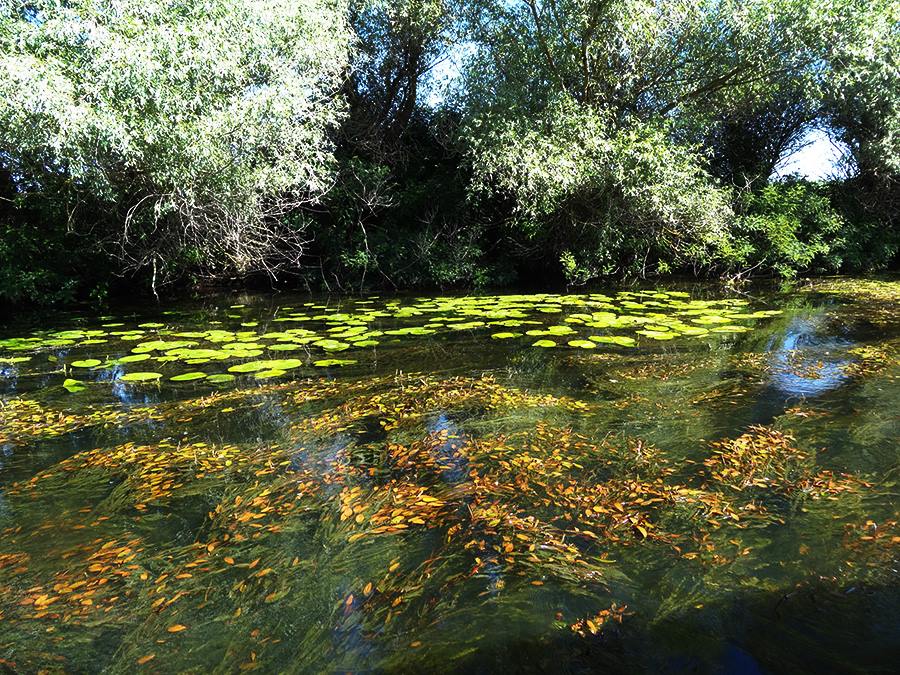Danube Delta SULINA CITY
@mateescu82 (2)
Bucharest, Romania
April 2, 2015 3:36am CST
Sulina (Romanian pronunciation: [su'lina]) is a town and free port in Tulcea County, Romania, at the mouth of the Sulina branch of the Danube. It is the easternmost point of Romania.
The waters of the Danube, which flow into the Black Sea, form the largest and best preserved of Europe's deltas. The Danube delta hosts over 300 species of birds as well as 45 freshwater fish species in its numerous lakes and marshes.
History[edit]
During the mid-Byzantine period Sulina was a small cove and in the 14th century a Genoese port inhabited by a handful of sailors, pirates and fishermen. In 18th century the Ottomans built a lighthouse there in order to accommodate communication between Constantinople (Istanbul) and the Danubian Principalities, the main breadbaskets for the Ottoman capital.
Thanks to the signing of the Treaty of Adrianoupolis (Edirne), September 2, 1829, that unfettered the Danube grain trade, Sulina, by then under Russian control, became important. Great sailing boats could not sail fully loaded to Braila and Galati, which were the main export centres of Wallachia and Moldavia, because of the shallow waters of the river; therefore, they had to tranship at least part of their cargoes to smaller riverboats (shleps). The owners and crew of these sleps were almost always Greek.
Even greater development, however, would occur after the signing of the Treaty of Paris (1856), which ended the Crimean War. One of the treaty’s terms determined the establishment of a certain committee, the Danube European Committee(C.E.D.), which would conduct infrastructure works on the mouth of the river in order to make it floatable for larger ships as well. The technical works allowed entrance to the Danube for a great number of “foreign”, i.e. non-Greek ships, leading to a higher level of competition. River faring, however, largely remained in Greek hands. Moreover, the declaration by the Ottoman administration of Sulina as a free port in 1870 also boosted its development.
The Russo-Ottoman war of 1877-1878 led to many changes as well. The city was initially put under Russian control and after the signing of the Berlin Treaty was annexed to Romania, as was the whole Dobrudja area. It was conquered by Bulgarians in 1916, while during World War II air raids caused great damage.
Demographics[edit]
Historical population
Year Pop. ±%
1900 5,612 —
1912 7,347 +30.9%
1930 6,399 -12.9%
1948 3,373 -47.3%
1956 3,622 +7.4%
1966 4,005 +10.6%
1977 4,911 +22.6%
1992 5,484 +11.7%
2002 5,140 -6.3%
2011 3,541 -31.1%
Source: Census data
According to the 2011 census, 82.82% of the population were Romanians, 11.43% Lipovans, 1.8% Greeks, 1.29% Ukrainians and 2.3% of other or undeclared ethnicity. At the 2002 census, 93.0% spoke Romanian and 5.7% Russian as their first language. 94.3% were Orthodox and 5.1% Old Believers.
Sightseeing[edit]
The Lighthouse of the European Commission of the Danube
The Church "Sf. Nicolae"
The Cemetery
Climate[edit]
Climate data for Sulina
Month Jan Feb Mar Apr May Jun Jul Aug Sep Oct Nov Dec Year
Average high °C (°F) 2.8
(37) 3.2
(37.8) 6.2
(43.2) 12.2
(54) 18.2
(64.8) 22.8
(73) 25.0
(77) 24.7
(76.5) 21.0
(69.8) 15.7
(60.3) 10.3
(50.5) 5.5
(41.9) 13.97
(57.15)
Daily mean °C (°F) 0.2
(32.4) 0.8
(33.4) 3.9
(39) 9.7
(49.5) 15.7
(60.3) 20.1
(68.2) 22.0
(71.6) 21.9
(71.4) 18.3
(64.9) 13.1
(55.6) 7.8
(46) 3.0
(37.4) 11.38
(52.47)
Average low °C (°F) -2.1
(28.2) -1.1
(30) 2.2
(36) 8.0
(46.4) 13.8
(56.8) 17.9
(64.2) 19.6
(67.3) 19.4
(66.9) 15.9
(60.6) 10.8
(51.4) 5.5
(41.9) 0.8
(33.4) 9.23
(48.59)
Precipitation mm (inches) 19
(0.75) 22
(0.87) 15
(0.59) 19
(0.75) 26
(1.02) 29
(1.14) 26
(1.02) 28
(1.1) 33
(1.3) 16
(0.63) 22
(0.87) 26
(1.02) 281
(11.06)
Avg. precipitation days (= 1.0 mm) 4 5 4 4 4 4 3 3 3 3 4 5 46
Mean monthly sunshine hours 71.3 76.3 114.7 174.0 257.3 285.0 310.0 291.4 222.0 164.3 87.0 58.9 2,112.2
Source: Hong Kong Observatory
Gallery[edit]
The Palace of the Danube Commission.
The Lighthouse.
No responses





